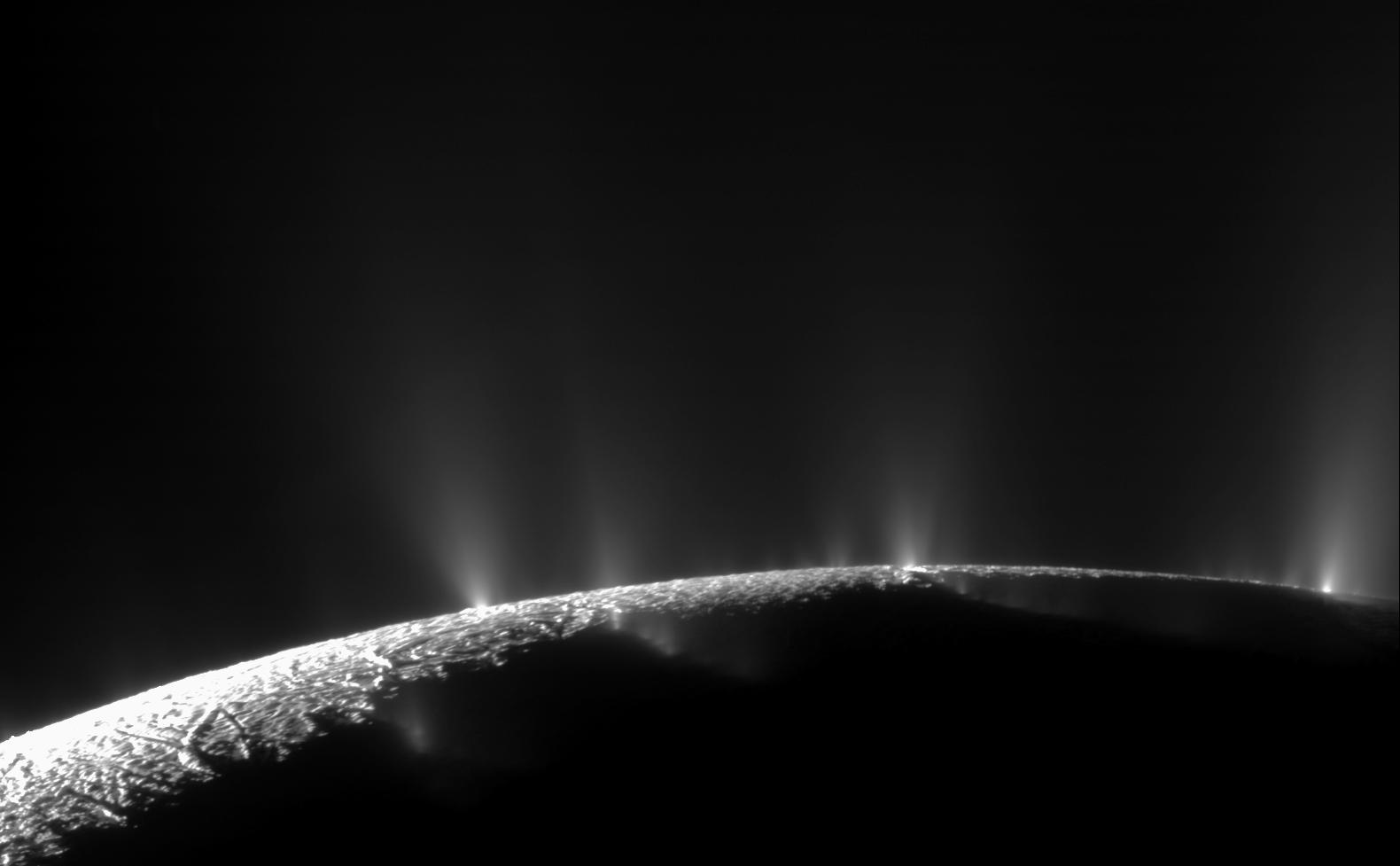2 min read

Cassini's "T-121" Titan flyby -- technically the mission's 122nd targeted Titan encounter -- is somewhat unique, as it focuses on the giant moon's mid latitudes, between 30 degrees north and south of the equator. It is also the last Cassini synthetic aperture radar swath that will cover high-southern latitudes on Titan.
The encounter has a closest approach altitude of 606 miles (976 kilometers). After flying by Titan, the spacecraft's orbital inclination will bump up another 6.3 degrees to 49.2, measured from Saturn's equatorial (and ring) plane.
On approach, the Composite Infrared Spectrometer, or CIRS, will view the sub-Saturn hemisphere of Titan, acquiring nadir and limb sounding observations at mid- and far-infrared wavelengths. Many of these are designed to measure seasonal changes in atmospheric temperatures and trace gas abundances, as well as map surface temperatures. The Visual and Infrared Mapping Spectrometer, or VIMS, will observe a stellar occultation of the red giant star 30 Herculis. This and similar stellar occultation are used to track changes in the composition of Titan’s atmosphere. The imaging cameras will ride along during the CIRS limb observation and the VIMS stellar occultation.
During this flyby Cassini's radar experiment will be prime as it carries out prime synthetic aperature radar observations of the features named Tui Regio and Hotei Arcus to better characterize putative cryovolcanic features there. Radar will also look for changes in these areas, comparing new observations with those from the T-43 (May 12, 2008), and T-48 (Dec. 5, 2008) flybys. The instrument will play a "switch hitter" -like role, switching from right-looking to left-looking near closest approach, in order to hit both targets. In particular, scientists hope to understand if Hotei Arcus is a cryovolcanic feature, or perhaps a dried-up lake.
The Ion and Neutral Mass Spectrometer, or INMS, will take advantage of one of the few equatorial passes in Cassini's Solstice Mission. INMS data will help build the picture of seasonal change at Titan's equator compared to mid and high latitudes.
Outbound from the flyby the imaging cameras will look for signs of clouds in the north polar region.
Cassini's next Titan flyby is scheduled for Aug. 10.
[Portions of this flyby summary were taken from the Cassini imaging team's Looking Ahead blog: http://www.ciclops.org/view/8375/Rev238?js=1]







